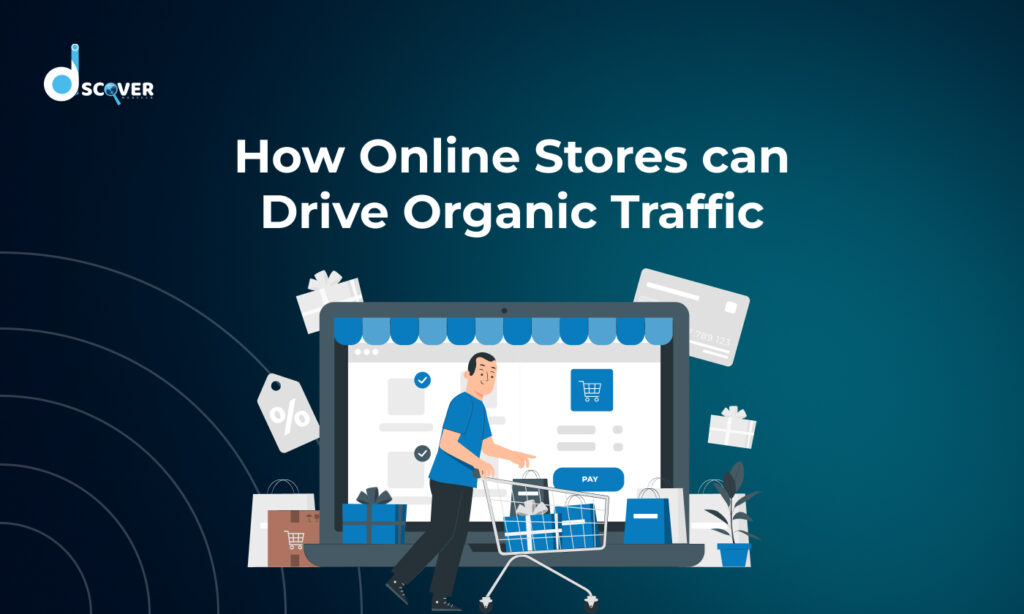
SEO content is one of the most powerful tools for driving organic traffic and improving search engine rankings. As Google’s algorithms become more advanced, content creators must adapt their strategies to maintain visibility. In 2025, SEO content writing is not just about keyword stuffing but about creating valuable, engaging, and technically optimized content that serves user intent. By following the latest trends and best practices, you can ensure that your content remains competitive and ranks higher in search engine results.
What is SEO Content?
SEO content refers to any content created with the goal of ranking on search engines like Google. This includes blog posts, product pages, landing pages, and even multimedia content. The key aspects of such content involve keyword optimization, high-quality writing, and a strong focus on user intent. Well-optimized content helps websites attract organic traffic, engage readers, and convert visitors into customers. Additionally, it should provide value to users by answering their queries effectively and offering unique insights that differentiate it from competitors.
SEO content writing is constantly evolving, and with Google’s algorithm updates becoming more sophisticated, staying ahead requires strategic planning and adaptation. In 2025, content creators must focus on quality, user experience, and technical SEO to maintain high rankings. Here are some essential tips to ensure your content stays competitive in the ever-changing digital landscape.
1. Prioritize E-E-A-T for Content Credibility
Google emphasizes Experience, Expertise, Authoritativeness, and Trustworthiness (E-E-A-T) when ranking content. To build credibility and trust, content must be created with a focus on quality and authenticity. Google values authoritative sources and in-depth analysis, so it’s important to back up claims with verified data.
- Well-researched and accurate with credible sources. Providing up-to-date information supported by authoritative sources enhances trustworthiness and improves ranking potential.
- Written by experts or industry professionals to establish authority. Featuring insights from industry professionals and subject matter experts can increase credibility.
- Trustworthy and transparent by including author bios, references, and citations. Clearly displaying author credentials, linking to reputable sources, and offering fact-checked information helps build reliability.
2. Optimize for Search Intent
Understanding user intent is crucial for ranking in 2025. Google’s algorithms are designed to match search queries with the most relevant content. To ensure your content aligns with user expectations, focus on delivering precise answers and valuable insights.
- Informational intent (e.g., how-to guides, definitions, explanations). These are queries where users seek knowledge or answers to specific questions.
- Navigational intent (e.g., brand-specific searches, product categories). Users with this intent want to find a specific website or webpage quickly.
- Transactional intent (e.g., product reviews, comparison articles, purchase guides). This intent is conversion-driven, where users are ready to take action such as buying a product or subscribing to a service.
Use tools like Google’s People Also Ask, AnswerThePublic, and Semrush to analyze search intent and craft content accordingly. Aligning content with search intent ensures higher engagement and better rankings.
3. Focus on AI-Generated Content with Human Touch
AI tools like ChatGPT and Jasper can assist in content creation, but human oversight is essential. While AI-generated content speeds up the process, it must be edited and refined to ensure it meets quality standards and remains engaging for users.
Edit AI-generated drafts to add personal insights and expertise. AI-generated content should be refined to make it more unique and reader-friendly.
Enhance readability with natural language and conversational tone. Writing in a way that resonates with readers increases retention and engagement.
Verify facts and optimize for SEO best practices. AI can generate content quickly, but human intervention is necessary to fact-check and ensure compliance with SEO strategies.
4. Write Long-Form, In-Depth Content
Long-form content (1,500+ words) tends to perform better in rankings. Detailed articles signal to Google that the content is authoritative and valuable to users. However, the length alone is not enough—quality matters just as much as quantity.
Tackles topics fully with useful information. Providing detailed information with practical takeaways enhances user satisfaction and engagement.
Is well-structured and has proper headings, bullet points, and visuals. Well-structured format improves readability and user experience.
Relevant internal and external links are included to enhance credibility. Hyperlinking to authorities or associated content facilitates better search engine optimization and extends the users’ engagement time.
5. Optimize for Voice Search
With voice assistants like Siri and Google Assistant becoming more popular, it’s important to optimize your content for voice search. Unlike traditional text searches, voice searches are more conversational and often framed as questions. That means you need to focus on using natural language and answering queries directly.
- Write in a conversational tone so that your content sounds more like how people speak.
- Include FAQ sections to address common voice search queries.
- Use long-tail keywords that match the way people ask questions aloud.
6. Improve Core Web Vitals and Page Experience
Technical SEO is super important for getting better rankings. Google focuses a lot on page experience, so making sure your website runs smoothly is a must. One key factor is Core Web Vitals, which measure things like loading speed and how easy your site is to use. Fast page loading is important because your website should load within three seconds. A slow site can make visitors leave, hurting your rankings.
Most people browse the internet on their phones, so making your website mobile-friendly is a must. A responsive design ensures that your site looks good and works smoothly on any device, whether it’s a phone, tablet, or desktop. Adding high-quality visuals like clear images, engaging videos, and interactive elements can also make your content more appealing and keep visitors on your site longer. To check how well your site is performing, you can use Google PageSpeed Insights. Optimizing these factors will not only help improve your search rankings but also create a better experience for your visitors.
7. Utilize Schema Markup for Rich Snippets
Schema markup helps search engines understand content better, increasing chances of featured snippets and rich results. Structured data makes your content stand out in search results and improves click-through rates.
Implementing FAQ Schema can help your content appear in Google’s “People Also Ask” section. Article Schema enhances blog posts and news articles, making them more appealing in search results. Product Schema is useful for e-commerce sites, displaying ratings and reviews that can boost conversions.
8. Leverage Video and Interactive Content
Google favors multimedia-rich content. Visual and interactive elements not only enhance engagement but also increase the likelihood of ranking in Google’s featured sections.
Short-form videos for quick insights (YouTube Shorts, TikTok, Instagram Reels). Short videos can drive higher engagement and social shares.
Interactive infographics for data visualization. Infographics simplify complex data, making it easier for users to digest.
Quizzes and polls to increase user interaction. Engaging elements encourage users to spend more time on your page, improving dwell time and rankings.
9. Refresh and Repurpose Old Content
Regularly updating old content helps keep it relevant and improves rankings. Google favors content that stays fresh and valuable, so adding new data, insights, or case studies can make a big difference. Updating on-page SEO elements and improving readability also enhance performance, making it easier for users to engage with your content. Plus, repurposing old content into videos, infographics, or social media posts helps you reach a wider audience and attract new visitors. Keeping your content up to date ensures it remains useful and continues to perform well in search results.
10. Build a Strong Internal Linking Strategy
Internal linking is an important part of SEO because it helps both users and search engines navigate your site easily. When you link relevant pages together, it creates a strong site structure, making it easier for search engines to understand your content. This also improves user experience by guiding visitors to useful information without them having to search for it.
Linking to high-authority pages within your site helps distribute link equity, boosting the overall SEO strength of your website. Using clear and descriptive anchor texts makes it easier for both users and search engines to understand what the linked page is about. A well-planned internal linking strategy keeps visitors engaged, encourages them to explore more pages, and ultimately reduces bounce rates.
Final Thoughts
SEO content writing in 2025 demands a user-first approach, strategic keyword optimization, and alignment with Google’s evolving algorithms. By following these best practices, you can future-proof your content and achieve long-term success in search rankings. Consistently delivering valuable, well-researched content will not only improve your search visibility but also build trust with your audience.



